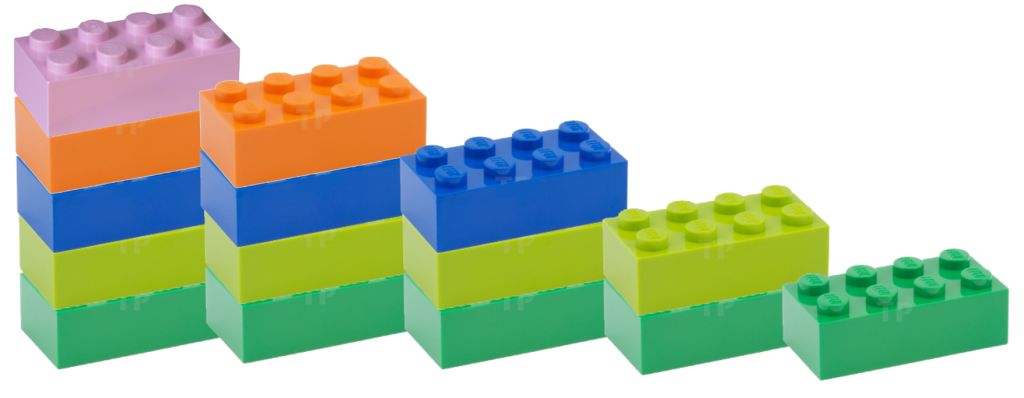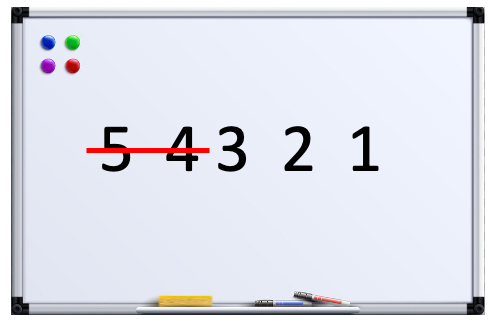TEACCH Tip#4 visual countdowns and time limits
During times of change, we are all trying to adjust to different schedules and routines. You may find yourself looking for ways to help your individual with autism engage in a variety of tasks, not just preferred ones all day long. Or, you may be hoping to help your individual play independently for a period of time so that you can also get something done.
Some activities and routines have a clear beginning and end, such as a puzzle or brushing your teeth. But other activities do not have a clear end. For example, playing a video game or playing outside could go on for an indefinite amount of time – there is no clear end. In order to help an individual with autism understand the passage of time and concept of “finished,” you can show the individual an activity is almost done by using a visual countdown. Just like with visual schedules, you can use objects, pictures, or written words to match the individual’s level of understanding.



Helpful Hints
- The person setting the countdown should be the only one to remove the objects or post-its or to cross off the numbers, not the individual with autism.
- You can use a stopwatch timer if you’d like. However, the benefit to using visuals that you can physically manipulate, like post it notes or crossing off numbers, is that you control the time between when the individual starts and finishes the activity.
-
- If you need an activity to last a bit longer you can wait to take off the last post-it until you’re absolutely ready for the individual to move on to what’s next.
- If you need to move on to something quickly, you can take the last few post-its off quicker than the first few.